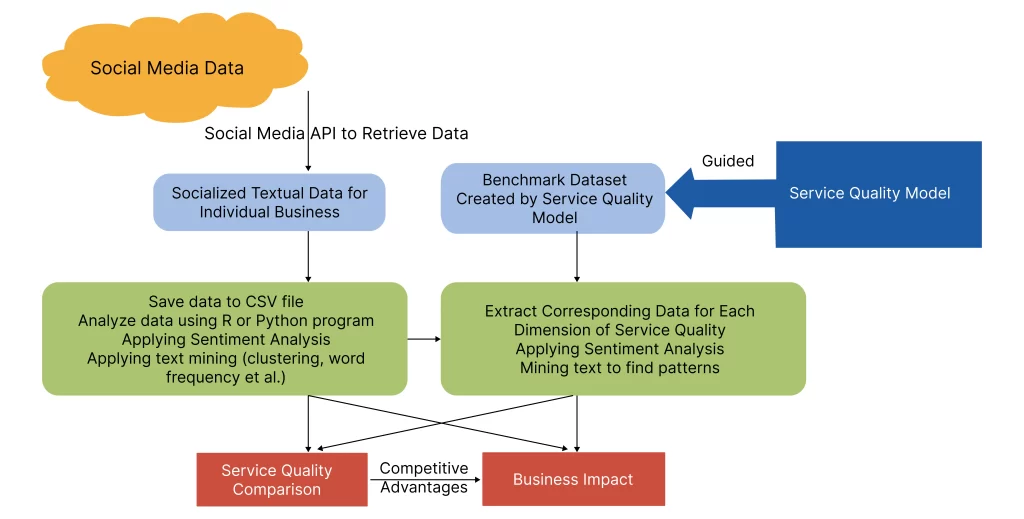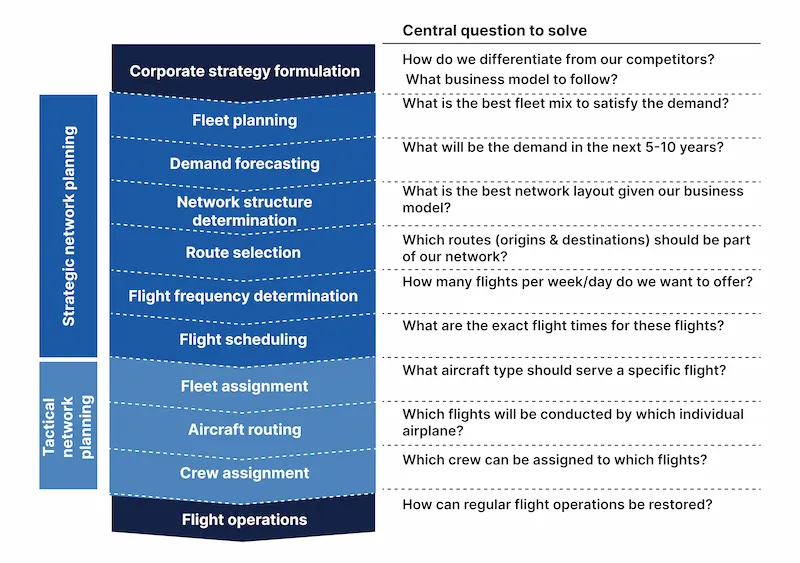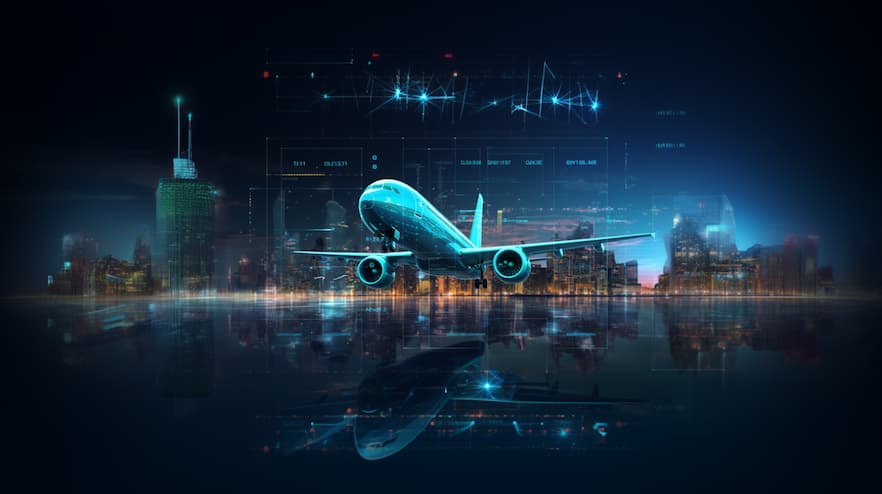Have you ever had a bad experience with an airline? Many factors can impact our perception of an airline’s service quality, whether it’s a delayed flight, lost luggage, or a rude staff member. However, what if we predict the quality of an airline’s service before booking our tickets? With the use of artificial intelligence (AI) and analytics, it is possible to achieve this feat.
AI and analytics have been rapidly growing across various industries, and the airline and airport sectors are no exception. AI and analytics are helping companies in this sector to improve operational efficiency, enhance the customer experience, and stay ahead of the competition. This blog explores the role of AI and analytics in the airline industry, their benefits, and several examples of how various companies leverage these technologies.
AI and Analytics Use Cases
The market for aviation analytics worldwide was valued at $2.5 billion in 2021 and is anticipated to expand at a CAGR of 12.3% over the next five years. The rising adoption of analytical solutions to update aircraft fleets and operations to maintain flight safety is anticipated to fuel the expanding need for aviation analytics.
Predicting Service Quality

By analyzing social media data, companies can gain valuable insights into customer perceptions of their service quality and use that information to improve it. With social media emerging as an essential tool in shaping our perceptions of companies, it will be interesting to see how companies adapt to this new normal.
Airline Network Planning

Iris et al. proposed a maturity model for measuring an airline’s maturity using big data analytics. By adopting this maturity model, airlines can assess their level of maturity in using big data analytics and identify areas for improvement. Ultimately, embracing big data analytics can help airlines improve their operations, increase revenue, and enhance their understanding of customer behavior.
Automating Baggage Handling and Check-in Processes
One of the ways that AI is being used in the airline industry is through the optimization of operations. AI can automate many manual and repetitive tasks, such as baggage handling and check-in processes, allowing employees to focus on more critical tasks. Swissport, a leading ground handling and cargo service provider, uses AI-powered robots to sort and distribute baggage, reducing the time required for manual sorting and increasing efficiency.
Enhancing Customer Experience
Another way that AI is helping airlines and airports is through the improvement of the customer experience. AI-powered chatbots, for example, can provide customers instant access to flight schedules, baggage policies, and more information, reducing wait times and improving the overall experience. Air France has implemented a chatbot that provides customers with real-time information on flight schedules and services, enhancing the customer experience and reducing the workload of customer service employees.
Improving Security
AI is also helping airlines and airports to improve security and reduce the risk of theft and fraud. AI-powered security systems analyze vast amounts of data to detect potential security threats, such as suspicious behavior or unauthorized access attempts. Hong Kong International Airport has implemented an AI-powered security system that monitors and analyzes security footage, reducing the risk of theft and improving the overall security of the airport.
Reducing Operational Expenses
By automating manual and repetitive tasks, AI can help companies reduce labor costs, increase operational efficiency, and drive business outcomes. Emirates Group, the parent company of Emirates Airlines, has implemented AI-powered systems to automate payroll and financial reporting tasks, reducing costs and increasing efficiency.
The future of data analytics in the airline industry is poised for growth, as the increasing volume of data generated by the industry presents numerous opportunities to gain insights and drive business outcomes. The key trends shaping the future of data analytics in the airline industry include:
- Predictive maintenance: Airlines can use data to predict when maintenance is required for their aircraft, reducing downtime and increasing efficiency.
- Customer personalization: Airlines are using customer data, such as travel patterns and booking behavior, to personalize experiences and target promotions, improving customer loyalty and revenue.
- Network optimization: Airlines are analyzing data on flight schedules, routes, and passenger demand to optimize their networks, reducing costs and increasing efficiency.
- Predictive pricing: Airlines are using data to predict demand and price tickets, maximizing revenue and filling more seats.
- Real-time decision-making: With real-time analytics, airlines will respond faster to evolving market conditions and take advantage of new opportunities, reducing the impact of disruptions.
Conclusion
AI and data analytics play an increasingly critical role in the airline industry, providing valuable benefits such as improved efficiency, enhanced customer experience, increased security, and reduced costs. Companies that embrace these technologies and leverage them to drive business outcomes will be well-positioned to succeed in an ever-changing and competitive market.



